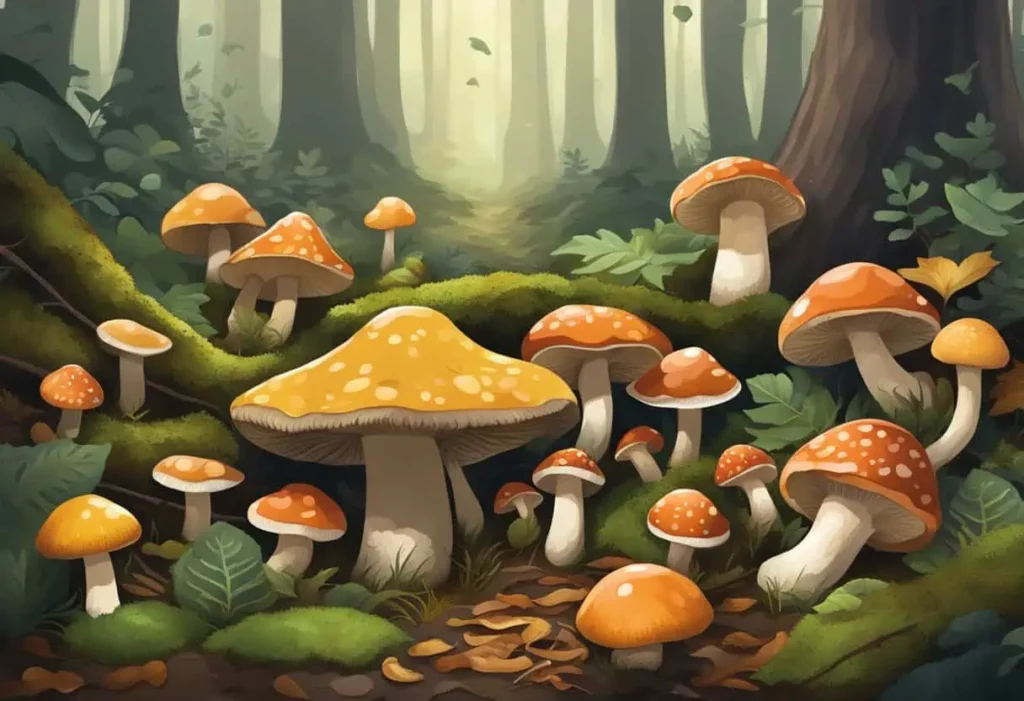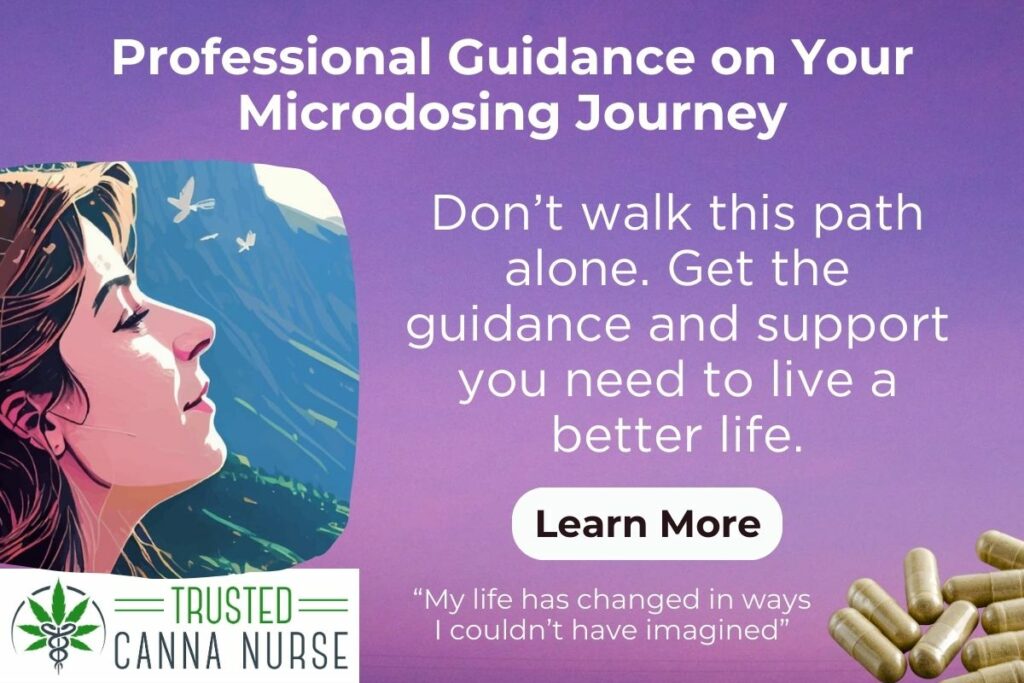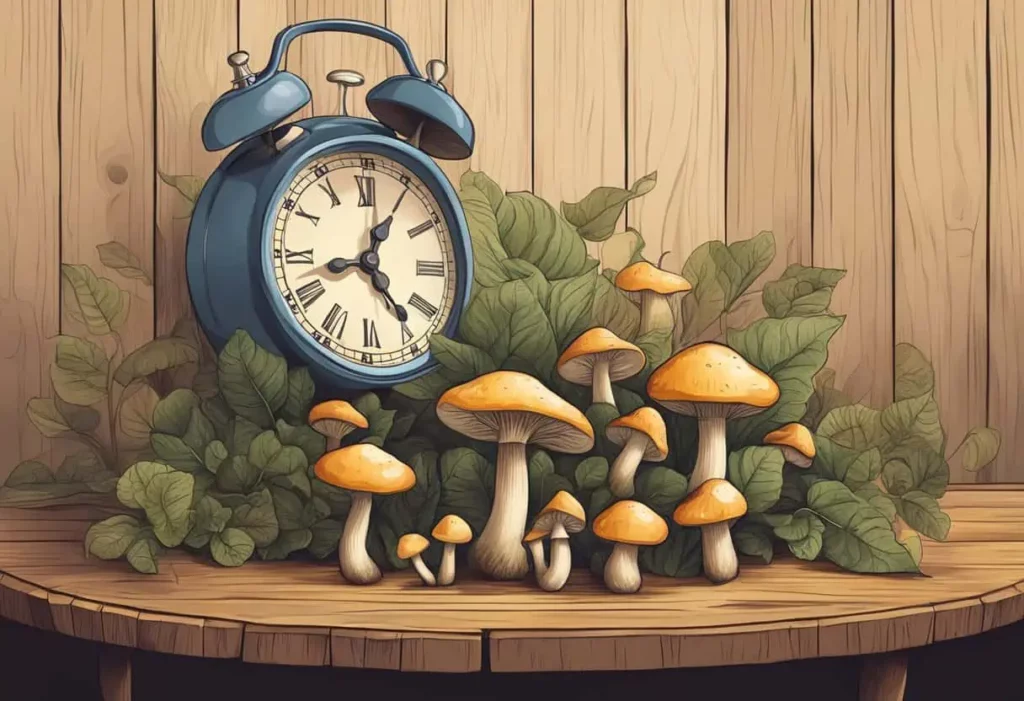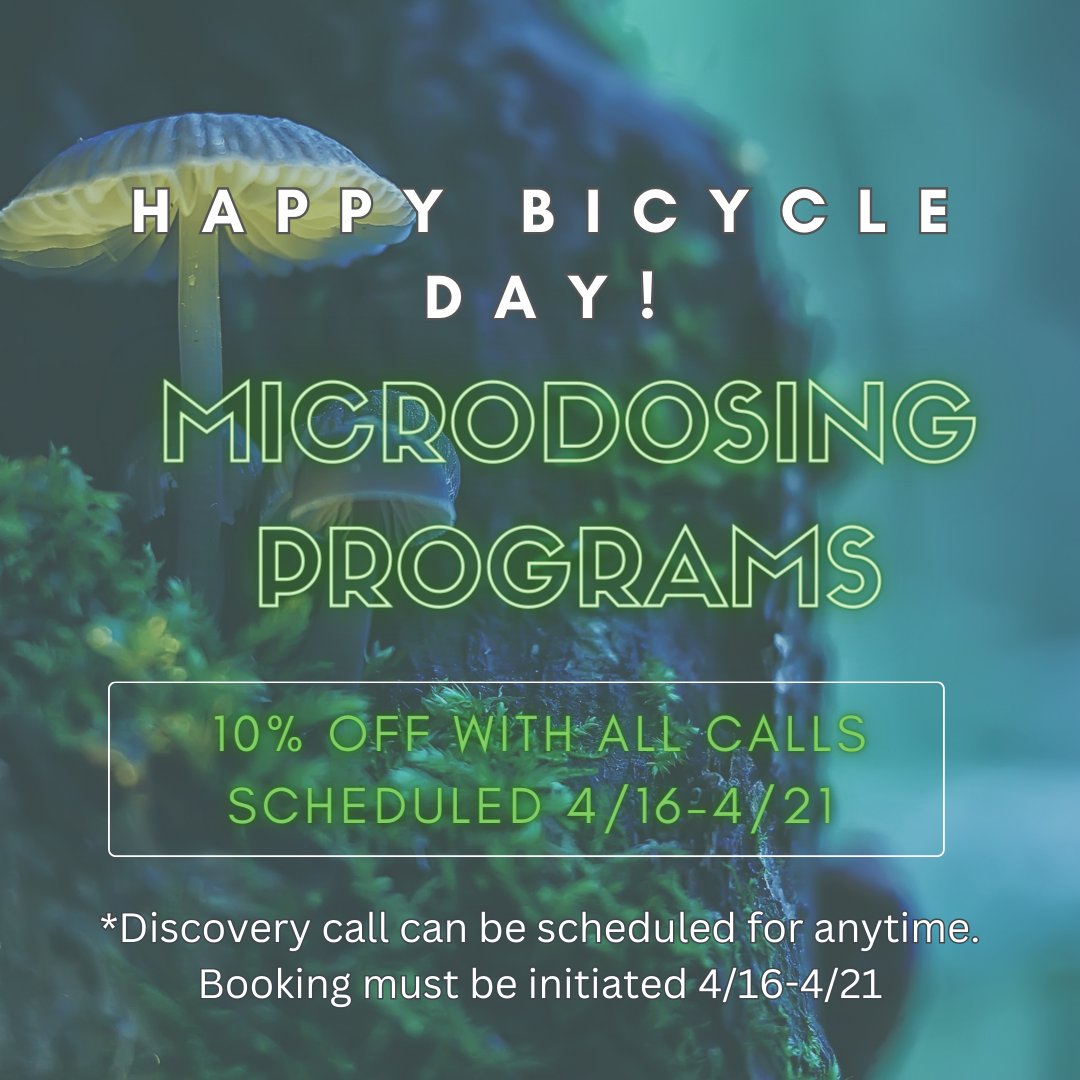Understanding the duration of psilocybin’s effects is essential for those considering the use of magic mushrooms. Commonly known as shrooms, these fungi are sought after for their psychedelic properties, attributed to the compound psilocybin. When ingested, psilocybin is converted into psilocin, the substance responsible for producing alterations in perception, mood, and thought. The experience, often referred to as a ‘trip,’ can vary in length and intensity based on numerous factors.
The longevity of the effects of shrooms depends on several variables, including the type of mushroom, the dose, individual metabolism, and the method of consumption. On average, a psychedelic trip from magic mushrooms can last from four to six hours, with the peak effects occurring within the first couple of hours. However, it’s important to note that users might continue to experience changes in sensory perception and thought patterns for several hours after the peak has subsided.
Key Takeaways
- The effects of magic mushrooms typically last four to six hours, with variability depending on individual factors.
- Peak psychedelic experiences occur within the first couple of hours after ingestion.
- Residual perceptual changes may continue for several hours following the peak effects.
Types of Shrooms
In discussing the diverse world of shrooms, it is important to differentiate between various species and understand their respective potencies.
Psilocybin Mushrooms
Psilocybin mushrooms, commonly referred to as magic mushrooms or psychedelic mushrooms, are fungi that contain the psychoactive compounds psilocybin and psilocin. These substances are responsible for the mushrooms’ hallucinogenic effects, placing them at the center of discussions about psychedelic substances. There are over 180 species of psilocybin mushrooms, each varying in levels of psychoactive elements.
Varieties and Potency
The potency of psilocybin mushrooms can vary significantly between species and even within mushrooms of the same species due to environmental factors and maturity. Common types include Psilocybe cubensis, known for its moderate potency and widespread cultivation, and Psilocybe semilanceata, or liberty caps, which tend to be more potent. These variances in potency affect the duration and intensity of the psychedelic experience.
Psychedelic Effects of Shrooms
Psychedelic mushrooms, commonly known as shrooms, produce a range of physical and psychological effects that vary in intensity and duration depending on various factors including the dosage, individual sensitivity, and the environment.
Physical Side Effects
Users of shrooms often experience physical side effects that can include:
- Nausea and vomiting
- Increased heart rate
- Changes in blood pressure
- Muscle weakness and twitches
- Dilation of pupils
The onset of these physical effects typically begins 20 to 40 minutes after ingestion, with a peak at around 60 to 90 minutes, and can last for several hours.
Emotional and Psychological Effects
The emotional and psychological effects of shrooms are profound and can include:
- Euphoria and a sense of wellbeing
- Visual and auditory hallucinations
- Altered perception of time and space
- Enhanced sensory experiences
- Feelings of interconnectedness
However, some users may experience negative psychological reactions such as anxiety, paranoia, and mood swings. In some instances, existing mental health issues like depression can be exacerbated.
Peak Effects and Duration
The peak effects of shrooms manifest in heightened intensity of both physical and emotional responses. During this phase, users may encounter:
- Overwhelming sensory input
- Profound introspection or existential thoughts
- Possible spiritual or mystical experiences
The peak usually occurs 2 to 3 hours after ingestion and can last up to 6 hours, with the entire experience tapering off by 6 to 8 hours. However, residual effects may persist up to 24 hours post-ingestion.
Consumption Methods
When considering the consumption of shrooms, individuals typically consider factors such as the desired intensity and duration of the experience, personal taste preferences, and the method’s effect on potency. Here is a detailed look at various methods of consuming shrooms.
Ingestion
The most straightforward method of consuming shrooms is simply eating them raw or dried. Dose is crucial in this method as it directly affects the intensity of the psychedelic experience. Chewing thoroughly can assist in releasing the active compounds, while some individuals prefer to pair shrooms with other foods, such as chocolate, to mask the earthy taste.
Brewing Shroom Tea
Shroom tea offers an alternative to direct ingestion and can improve digestibility. To make mushroom tea, one typically simmers the shrooms in hot water, effectively extracting the psychoactive compounds. This method can reduce nausea and allows for a quicker onset. The tea can be enhanced with citrus or lemon juice, a technique known as lemon tekking, which is believed to increase potency due to the acidic environment breaking down the active ingredients.
Alternative Methods
For those seeking innovative consumption methods, alternatives such as microdose capsules or infused edibles are available. Microdosing involves taking sub-perceptual doses regularly to achieve cognitive enhancement without a full psychedelic experience. Additionally, shrooms can be incorporated into foods like chocolates or baked goods, offering a more palatable option for those who dislike the taste of raw mushrooms.
Dosage and Intensity
The duration and intensity of a psilocybin mushroom experience, or “trip,” can be influenced by the dosage consumed. Understanding the proper dosage is pivotal for anticipating the length and potential psychic effects of a trip.
Determining Dosage
Dried mushrooms are typically weighed to determine the dosage, which is measured in grams. The dose can vary significantly, with a common low range around 1-2 grams, and higher doses upwards of 5 grams or more for an intense experience. It is crucial to acknowledge that individual sensitivity to psilocybin varies, and hence, so does the response to equivalent doses.
Effects of Dosage on Trip Duration
A higher dosage of psilocybin mushrooms generally leads to a longer, more intense trip. Typical trips can last between 4 to 6 hours, with peak psychic effects occurring within the first couple of hours. However, the amount consumed can extend or shorten this duration, where a low dose may result in a shorter trip, and a high dose could sustain the experience for longer periods.

Metabolism and Excretion
Understanding how psilocybin and psilocin are metabolized and eliminated from the body sheds light on the duration of their effects and detection times in various tests.
Psilocybin and Psilocin in the Body
When ingested, psilocybin is quickly converted by the liver into psilocin, the active compound responsible for the psychoactive effects. Psilocin has an average half-life of roughly 50 minutes, which means that the concentration of psilocin in the bloodstream decreases by half every hour, approximately. Tests can detect psilocin in the urine for up to 24 hours, but in blood tests, it often becomes undetectable within hours of ingestion due to the body’s rapid metabolism.
Factors Affecting Metabolism
The rate at which an individual’s system metabolizes psilocybin and excretes psilocin can be affected by several factors. These include:
- Body composition: An individual’s body mass index (BMI) and metabolism speed can influence how quickly psilocybin is processed.
- Liver and kidney function: Since these organs are pivotal in metabolizing substances, their health and efficiency play a critical role.
- Dosage and frequency: Larger doses or frequent usage might lead to longer detection times because of the greater quantity that needs to be metabolized and excreted.
Individual variations in metabolism, combined with these factors, contribute to the variance in how long psilocybin and psilocin remain in the system and are detectable.
Detection and Drug Testing
When it comes to psilocybin mushrooms, commonly known as shrooms, detection and drug testing are critical for understanding how long the substance remains traceable in the body. This section outlines the detection window, the various types of drug tests available, and the factors that influence detection.
Detection Window
The detection window for shrooms varies depending on the type of drug test used. Shrooms can be detected in urine tests for up to 24 to 48 hours, but this time frame may extend depending on several factors including metabolism and dosage. Hair follicle tests may indicate the presence of psilocybin for up to 90 days, whereas saliva tests typically have a shorter window, often only a few hours after use.
Types of Drug Tests
Several types of drug tests may be used to detect the presence of shrooms, including:
- Urine tests: The most common form of drug testing, which can identify psilocybin and its metabolites.
- Hair follicle tests: Can detect drugs long after their effects have worn off, though these are more expensive and less common.
- Saliva tests: Less invasive and with a quick turnaround time but are not as widely used for detecting psilocybin.
- Specialized tests: Certain more expensive and less accessible tests can identify traces of psilocybin that standard panels might miss.
It is worth noting that typical 5-panel drug tests may not routinely screen for psilocybin. Detection relies more on specialized tests due to the unique chemical structure of psilocybin and its metabolites.
Factors Influencing Detection
The ability to detect shrooms in a drug test may be influenced by:
- Frequency and amount of substance use: Heavier, more frequent usage is more likely to be detected.
- Metabolic rate: Individuals with faster metabolisms may eliminate psilocybin more quickly.
- Age and overall health: These factors can affect how long shrooms remain detectable in the system.
Additional Considerations
When delving into the realm of psilocybin mushrooms, it’s crucial to understand how tolerance and repeated use can influence experiences, as well as the potential risks associated with consumption and strategies to mitigate them.
Tolerance and Repeated Use
Tolerance to psilocybin builds quickly with repeated use, often necessitating larger doses to achieve the same effect. This rapid tolerance build-up means that shrooms should not be consumed frequently. Research indicates that a period of at least one week is recommended between sessions to help reset the body’s sensitivity to the compound.
Potential Risks and How to Mitigate Them
Psilocybin mushrooms carry the risk of eliciting a bad trip or flashbacks, which can be particularly distressing. These experiences may include anxiety, fear, and unsettling thoughts. To reduce such risks, one should never use psilocybin mushrooms without the presence of a sober, trusted individual who can offer support. Consuming shrooms in a safe, familiar environment can also lower the chance of a bad experience.
While addiction to psilocybin mushrooms is less common than with other substances, psychological dependence is a possibility. It is essential to approach their use with caution and respect for their powerful psychological effects. In cases where an individual faces issues related to psilocybin use, consulting a medical professional is advised.
Considering the dangerous implications of an uncontrolled setting, like the possibility of unintended injuries or legal consequences (since psilocybin is a Schedule I substance under the DEA), it is important to be informed and responsible. While research continues to unlock the benefits and potential therapeutic uses of psilocybin, such as through specialized tests in clinical settings, self-medicating outside of a controlled environment is not recommended.
Legal Aspects and Research
The legal aspects surrounding psilocybin mushrooms and the research into their potential benefits are critical to understanding their current and future applications. The legal framework often determines the extent and direction of scientific study, impacting both the medical community and the wider world.
Legal Status
Psilocybin mushrooms, often referred to as “shrooms,” fall under varying legal classifications around the world. In some regions, they are completely illegal to cultivate, possess, or consume. However, there is a growing movement toward decriminalization and even legalization, acknowledging the potential medicinal value of these substances. Legal status can be influenced by factors such as age, weight of possession, and intent of use (either medicinal or recreational).
- Illegal: Many countries categorize psilocybin mushrooms as controlled substances, which means possessing or selling them can lead to legal penalties.
- Decriminalized: Certain local jurisdictions have moved to decriminalize the personal use and possession of psilocybin mushrooms, reducing or eliminating criminal punishments.
- Research Exemption: Some legal frameworks provide avenues for research institutions to study psilocybin under strict regulations.
Scientific Research and Medical Potential
Research into psilocybin mushrooms has expanded significantly in recent years, with studies examining their potential to treat a range of psychiatric conditions.
- Medical Professional Involvement: Clinical trials often involve medical professionals administering controlled doses of synthesized psilocybin to participants.
- Research Findings: Studies suggest psilocybin may have benefits for treatment-resistant depression, end-of-life anxiety, PTSD, and addiction.
The medical potential of psilocybin mushrooms is being carefully evaluated, incorporating factors such as other substances patients may be taking to determine safety and efficacy. Peer-reviewed articles have highlighted both the historical use of psilocybin in indigenous territories and the contemporary implications of psychedelics on mental health treatment.
- For example, a study on long-term psilocybin use offers insights into the substance’s impact on individuals in different settings and suggests it can alter one’s world perspective.
While rot is a concern for natural psilocybin mushrooms, it does not impact the synthesized form used in research. As legislation evolves and scientific understanding grows, the role of psilocybin mushrooms in society remains a subject of significant interest and ongoing debate.
Storing and Shelf Life
When storing Psilocybe mushrooms, commonly known as magic mushrooms or shrooms, one must pay careful attention to the conditions to maximize their shelf life. Mismanagement in storage can lead to a decrease in potency and an increase in the risk of spoilage.
Ideal Conditions for Storage:
- Temperature: Shrooms should be kept in a cool, dark place. Large plastic tubs or storage bins work well, and ideally, they should be maintained at temperatures around 45°F to prevent the onset of frost.
- Moisture: They must be stored in a dry environment to prevent mold and bacterial growth. Using desiccants like silica gel can help in keeping the moisture out.
Longevity Guidelines:
- Fresh Shrooms: Typically, fresh mushrooms last about 5 to 10 days when stored properly in a refrigerator.
- Dried Shrooms: Dried mushrooms have a significantly longer shelf life. They can last several months to years if kept in an airtight container away from light and moisture.
To further extend the shelf life, some individuals store mushroom bits in honey, which helps prevent contamination due to honey’s antibacterial properties.
It is imperative to note that freezing is not recommended, as the thawing process can compromise the texture and potentially the potency of the shrooms. To ensure optimal longevity and safety, one should always monitor for any signs of spoilage before use.

Conclusion
Duration of Effects
When consuming psilocybin mushrooms, one can typically expect the effects to last between 4 to 6 hours. However, individual experiences can vary based on several factors such as dosage, individual metabolism, and the type of mushroom.
Factors Affecting Duration
- Dosage: Higher doses may lead to longer-lasting effects.
- Individual Metabolism: Faster metabolisms may shorten the experience.
- Mushroom Type: Different species of psychedelic mushrooms might have varying levels of potency.
After-Effects
The user may experience changes in mood or perception for several days after ingestion, a period sometimes described as an “afterglow.”
Empathetic and Emotional Changes
Users often report heightened levels of empathy and emotional awareness during the experience. These can contribute to the sense that the effects last longer than the pharmacological action of the substance.
Safe Usage
It is imperative for safety that individuals understand the duration of a psilocybin experience and arrange their activities accordingly, avoiding driving or operating heavy machinery.
Personal Expectations
Setting expectations appropriately before use can help individuals better navigate the experience, ensuring they do not prematurely seek to counteract the effects without allowing sufficient time for them to naturally subside.
Frequently Asked Questions
Understanding the specifics of how long psychedelic experiences from psilocybin mushrooms last and the variables that affect this duration can help individuals prepare for and navigate their experience safely.
What is the typical duration of a psychedelic experience with mushrooms?
Typically, the effects of psilocybin mushrooms last between 4 to 6 hours after ingestion, with the peak occurring approximately 90 minutes to 2 hours into the experience.
Can the intensity of psilocybin mushrooms vary the length of their effects?
The intensity of the mushrooms can indeed affect the duration of their effects. Stronger doses may result in a longer-lasting experience, while lower doses may have shorter effects.
What factors influence the amount of time psilocybin mushrooms’ effects last?
Several factors can influence the duration of a mushroom trip, including the dose, individual physiology, the environment where one is tripping, and the mushroom species.
How does one’s metabolism play a role in the duration of a mushroom trip?
An individual’s metabolism can have a significant role in the duration of a mushroom trip, as faster metabolisms may process the psilocybin more quickly, potentially leading to a shorter experience.
Is there a difference in duration between consuming dried mushrooms versus fresh?
Dried mushrooms typically contain a more concentrated amount of psilocybin than fresh mushrooms, which may contribute to a more intense and possibly longer-lasting experience.
Are there effective methods to shorten the duration of a mushroom trip if necessary?
While there is no instant way to end a mushroom trip, some methods that may help alleviate the intensity of the effects include staying hydrated, consuming food, and engaging in calming activities such as deep breathing or meditation.
Last Updated on January 28, 2024 by Megan Mbengue, BSN, RN, CHPN


